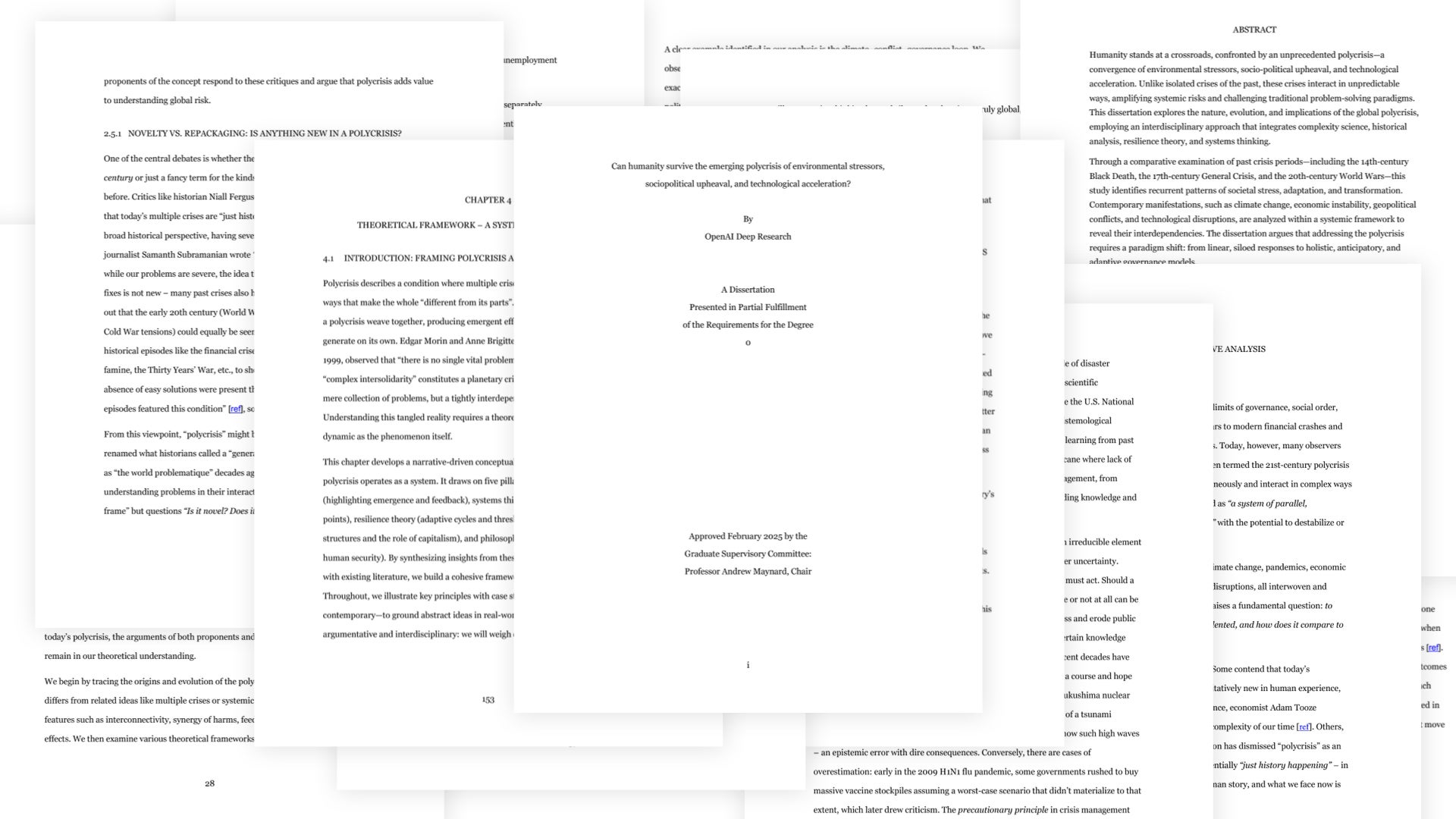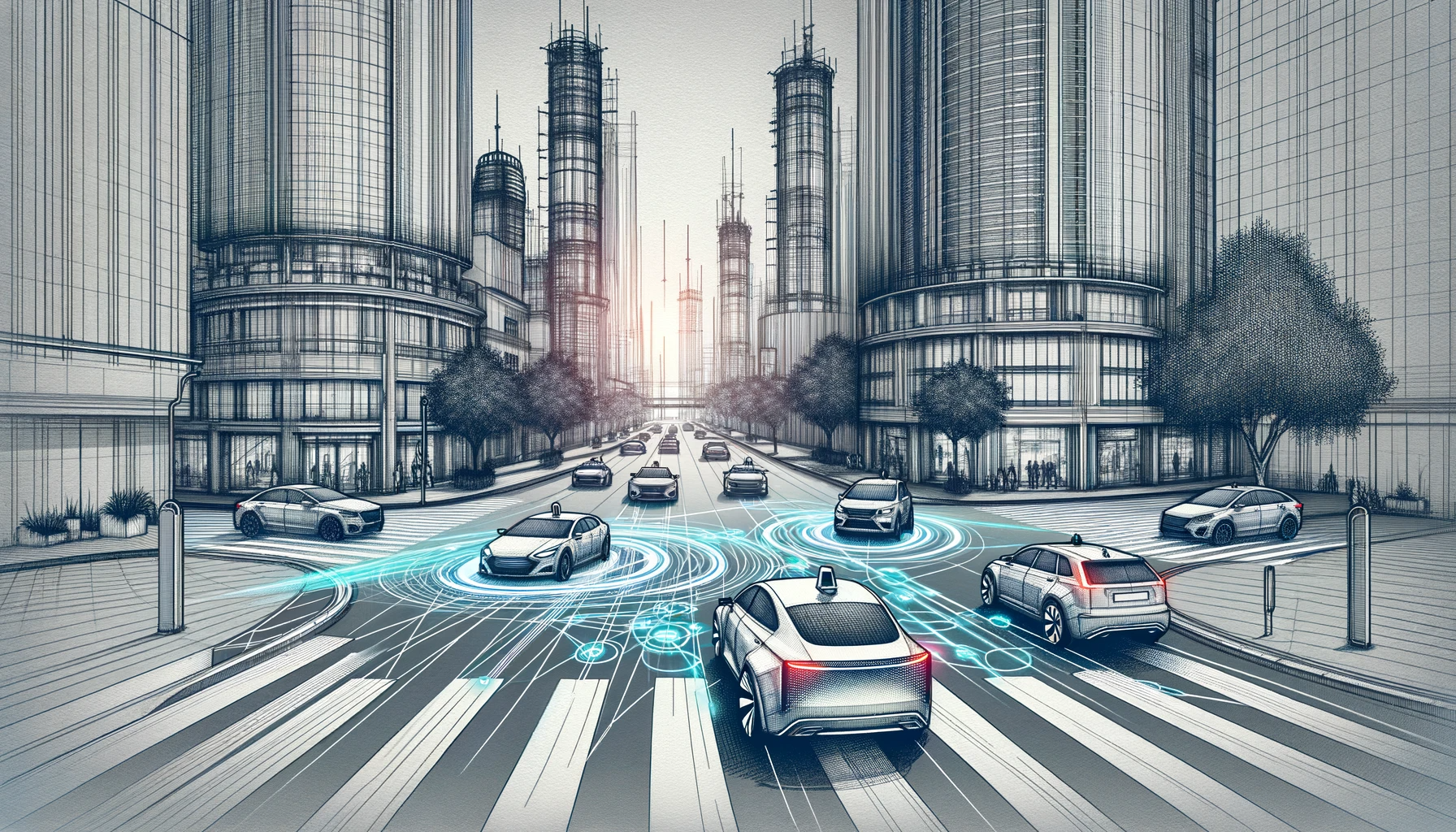A new joint study between Waymo and Swiss Re indicates their cars are safer than human drivers when operating fully autonomously. From the Future of Being Human Substack.
The past few weeks haven’t been good for self-driving cars. Early in October a Cruise self-driving car ran over a woman in San Francisco and dragged her along the street. On October 24 the State of California suspended Cruise’s license to operate its fleet of driverless cars. Cruise stopped all operations in the US two days later. In the past few days reports have started emerging that indicate Cruise vehicles have difficulties identifying children. And yesterday it was announced that Cruise is removing all 950 of its driverless fleet off the road for a software update.
Things are so bad that AI expert Gary Marcus asked “Could Cruise be the Theranos of AI?”
Yet overshadowed by all the self-driving-cars-gone wrong headlines around Cruise, a report recently came out about Waymo — another company with driverless vehicles on the road in California, as well as Arizona — that tells a very different story.
The report is the result of a collaboration between Google spin-off Waymo and reinsurance giant Swiss Re. It compares third party insurance claims involving Waymo vehicles and human-driven vehicles in the same operating area over the same time period. And the results indicate self-driving Waymos are significantly safer than their human counterparts.
I’ve been keeping an eye on Waymo for a while now, and must confess that I like the company.1 They’ve been operating in the Phoenix area for some time, and have shown a very cautious, slow-and-steady, and responsible approach to developing and deploying their cars.
For some time now it’s been possible to dial up a driverless Waymo in the Phoenix metro area, much as you would order an Uber, and have a car sans driver take you to your destination. The same service is available in San Francisco, and until a few days ago was offered alongside Cruise’s driverless-vehicles.
My experiences riding in driverless Waymo vehicles have always been positive. For sure there are occasional annoyances and idiosyncrasies — cars taking the long (but safe) route, cars driving themselves as if possessed by a hesitant 80 year old, and cars temporarily flummoxed by unexpected obstacles. But these annoyances have all been fleeting, and certainly not behaviors that impact safety.
Yet despite my good experiences and periodic shock at how appallingly bad some human drivers are, anecdote is no substance for data …
Related:

AI in Higher Education: Students need playgrounds, not playpens
Artificial intelligence capabilities are moving so fast, and the implications are so profound, that we restrict the ability of students to learn through curiosity, experimentation, and hands-on experience at our peril.

Can AI write your PhD dissertation for you?
I spent four days trying to get OpenAI’s new tool Deep Research to research and write a complete dissertation. This is what I discovered.

Are educators falling behind the AI curve?
As tech companies release a slew of generative AI updates, there’s a growing risk that educational practices and policies are struggling to keep up with new capabilities.
